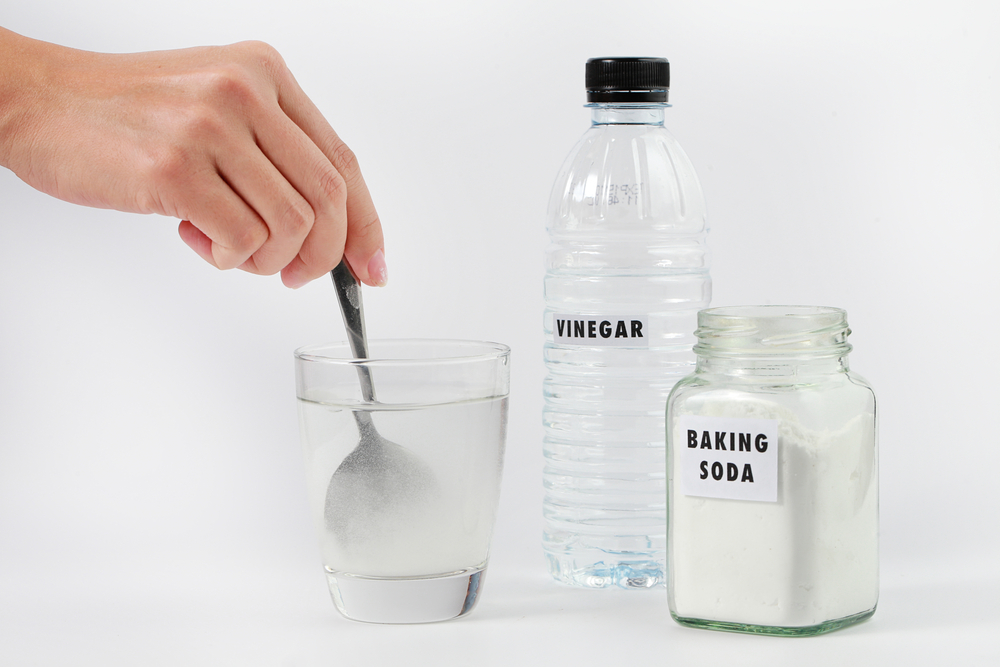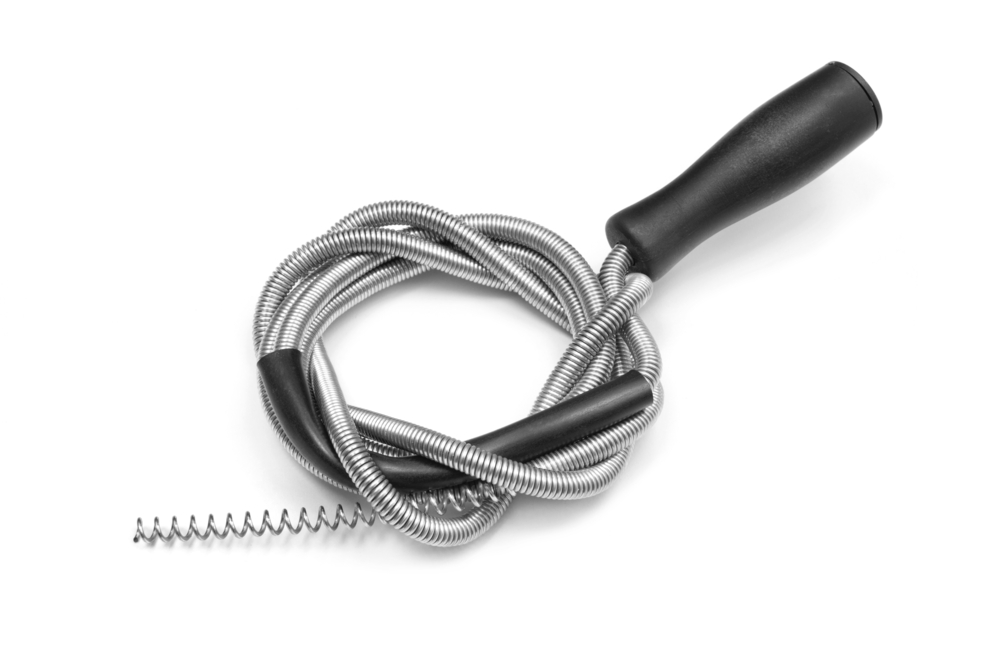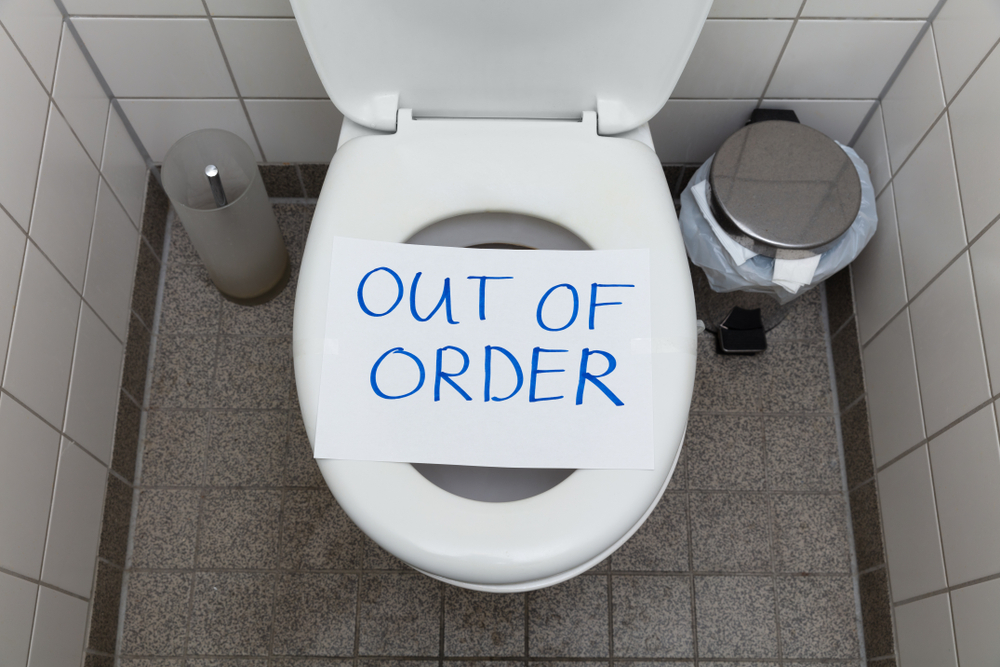Are you tired of constantly having to rely on a plunger to unclog your toilet? Not only can plungers be messy and ineffective, but they’re not always readily available. Fortunately, there are several methods you can try to unclog a toilet without a plunger. In this article, we’ll go over some of the most effective methods, step-by-step instructions, safety precautions, and FAQs to ensure you can successfully unblock your toilet.
Table of contents
1) Hot Water and Dish Soap
Hot water and dish soap is a simple yet effective method to unclog a toilet. Here’s how you can do it:
- Add a few drops of dish soap to the toilet bowl.
- Boil a pot of water.
- Let the water cool slightly, but make sure it’s still very hot.
- Pour the hot water into the toilet bowl.
- Wait for about 10-15 minutes.
- Flush the toilet.

Safety Precautions:
- Make sure the water is not boiling as it may cause the porcelain to crack.
- Use gloves to avoid burns.
Tips:
- Repeat the process if necessary.
- Use a plunger if the water level is too high.
2) Baking Soda and Vinegar
The chemical reaction between baking soda and vinegar can help break down blockages in your toilet. Here’s how you can do it:
- Pour 1 cup of baking soda into the toilet bowl.
- Add 1 cup of vinegar to the bowl.
- Wait for about 5-10 minutes.
- Pour hot water into the bowl.
- Wait for about 5 minutes.
- Flush the toilet.

Safety Precautions:
- Be careful not to mix too much baking soda and vinegar as it can cause a reaction that may overflow the bowl.
Tips:
- Use a plunger if necessary.
3) The Wire Hanger Method
This method requires a wire hanger, which can be used to break down blockages in your toilet. Here’s how you can do it:
- Straighten a wire hanger.
- Insert the straightened hanger into the toilet drain.
- Move the hanger around to break down the blockage.
- Flush the toilet.

Safety Precautions:
- Be careful not to scratch or damage the bowl with the wire hanger.
Tips:
- Use gloves to avoid any possible mess.
4) The Wet/Dry Vacuum Method
A wet/dry vacuum can help suck out any blockages from your toilet. Here’s how you can do it:
- Remove any water from the bowl using a cup or bowl.
- Place the vacuum hose into the toilet bowl.
- Turn on the vacuum and let it suck out the blockage.
- Flush the toilet.

Safety Precautions:
- Make sure the vacuum is wet/dry and not a regular vacuum as it can cause electrical hazards.
Tips:
- Be careful not to scratch or damage the bowl with the vacuum hose.
5) The Plumbing Snake Method
A plumbing snake is a flexible tool that can help break down blockages in your toilet. Here’s how you can do it:
- Insert the plumbing snake into the toilet drain.
- Move the plumbing snake around to break down the blockage.
- Pull out the plumbing snake.
- Flush the toilet.

Safety Precautions:
- Be careful not to scratch or damage the bowl with the plumbing snake.
Tips:
- Use gloves to avoid any possible mess.
Having a clogged toilet can be a frustrating experience, but with these effective methods, you can successfully unclog your toilet without the use of a plunger. Whether you prefer using hot water and dish soap, baking soda and vinegar, a wire hanger, a wet/dry vacuum, or a plumbing snake, always remember to take proper safety precautions and follow the step-by-step instructions. And if all else fails, don’t hesitate to call a professional plumber.
FAQs
What causes a clogged toilet?
A clogged toilet can be caused by a variety of things, including excess toilet paper, foreign objects, and flushing non-degradable items.
How do I know if my toilet is clogged?
If the water level in the toilet bowl is high, or if the water is slow to drain, then your toilet may be clogged.
What should I do if none of the methods work?
If none of the methods work, then it may be time to call a professional plumber to fix the problem.
Can a clogged toilet fix itself?
In some cases, a clogged toilet may fix itself, but it’s always better to take action and try to unclog it as soon as possible to prevent any further damage.
What should I do to prevent future toilet clogs?
To prevent future toilet clogs, avoid flushing non-degradable items, use only a reasonable amount of toilet paper, and regularly clean your toilet.
Is it safe to use chemicals to unclog a toilet?
Chemical drain cleaners can be effective in unclogging a toilet, but they can also be dangerous if not used properly. Always read the instructions and take proper safety precautions.
How can I tell if I need to call a professional plumber?
If none of the methods work, or if the problem is more severe than just a clogged toilet, then it’s time to call a professional plumber.
